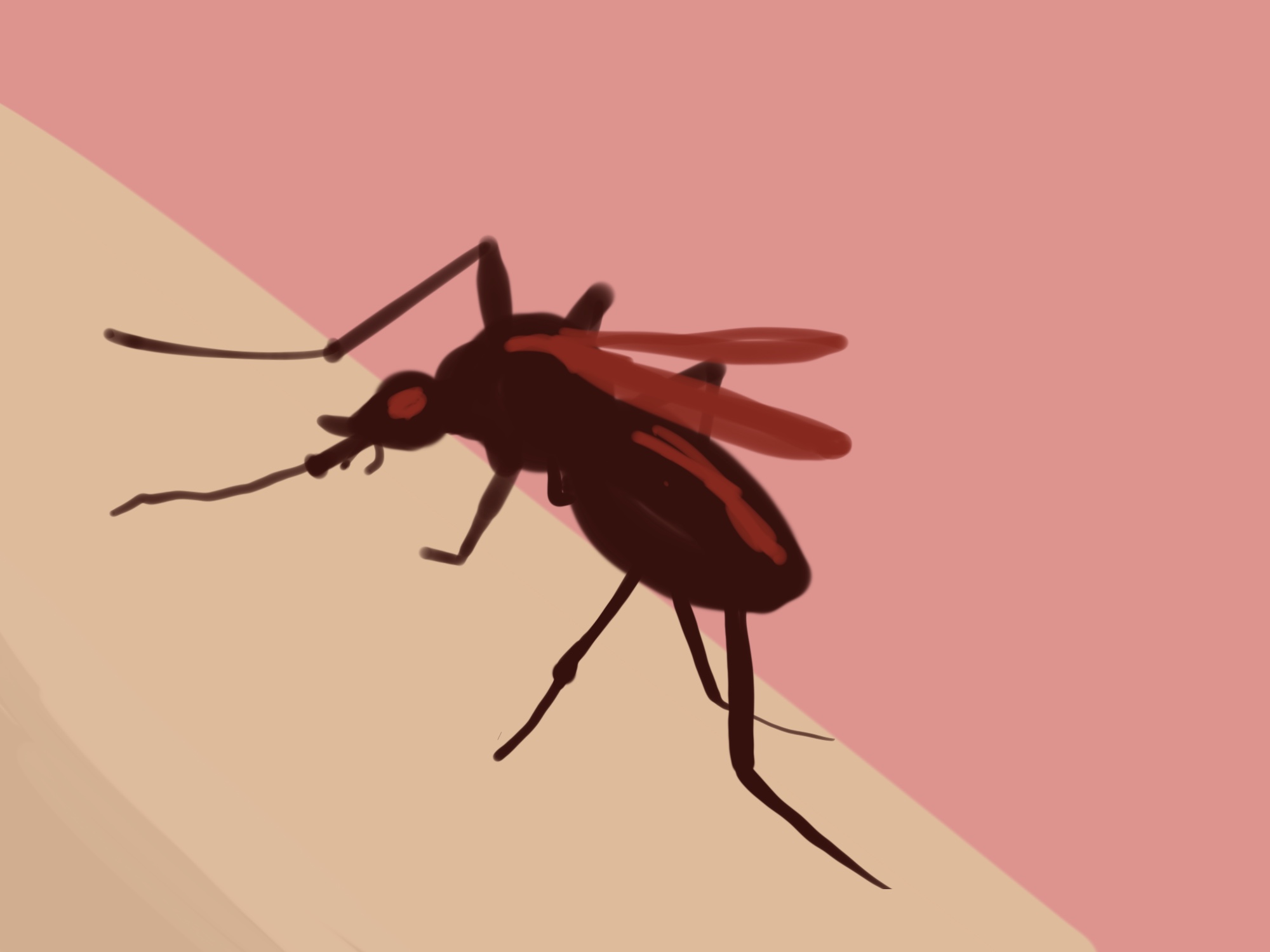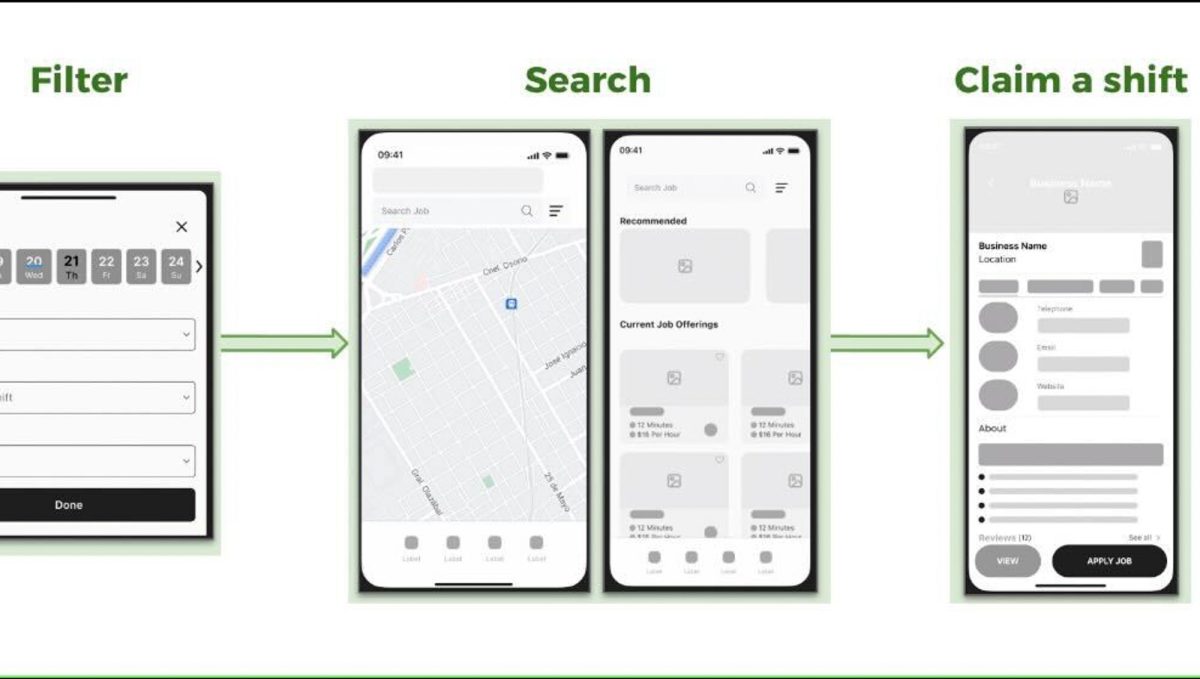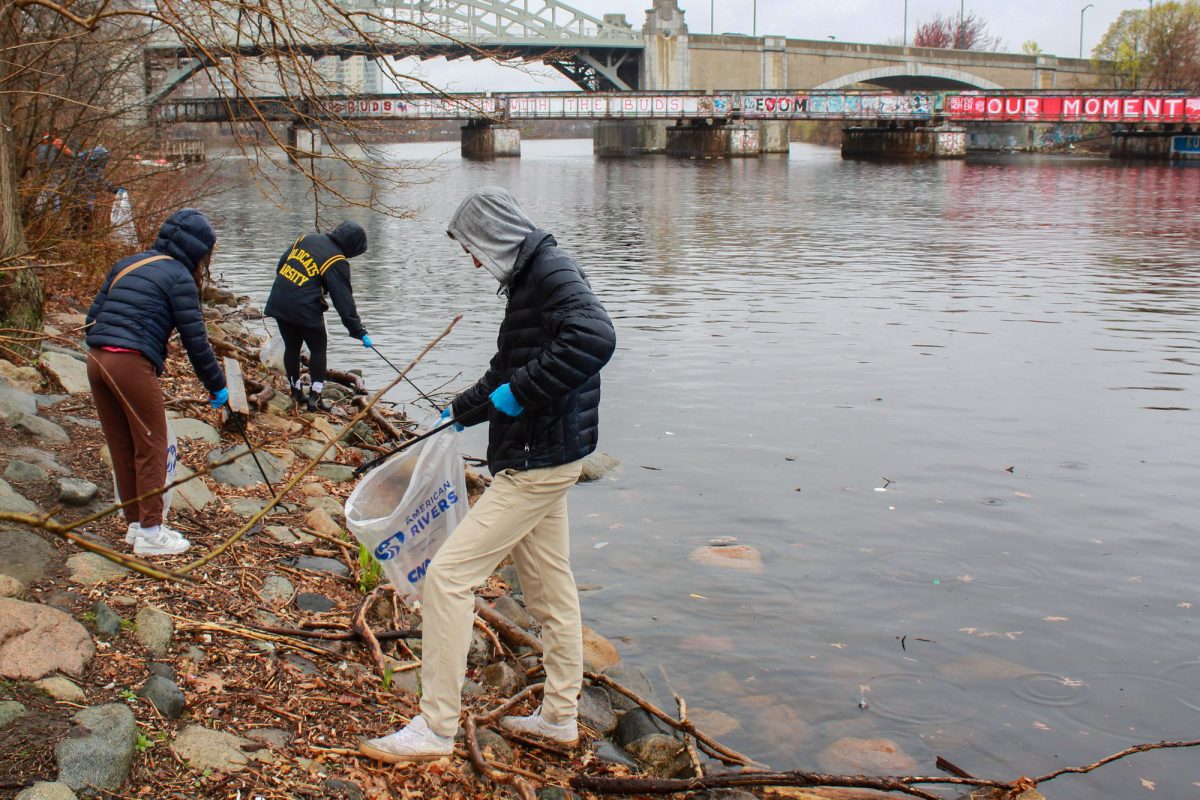Eastern equine encephalitis, a mosquito-borne virus, has instilled concern as states along the East and Gulf Coasts grapple with the potential for larger outbreaks — and with next steps.

The New Hampshire Department of Health and Human Services announced on Aug. 27 that a resident died after contracting EEE in the state’s first reported case of the virus since 2014.
As of Sept. 10, a total of four EEE cases have been reported in Massachusetts, according to the Centers for Disease Control and Prevention.
Only a few cases occur in the United States each year, but about 30% of those who contract the virus die, and survivors often face ongoing neurological issues, according to the CDC.
Despite the virus’s rarity, the uptick in cases has been a cause for public concern, especially in states like Massachusetts, New Hampshire, Wisconsin, New Jersey and Vermont, where cases have been reported this year, according to the CDC.
From 2019 to 2020, Massachusetts experienced 17 human cases of EEE, resulting in seven deaths, according to the Massachusetts Department of Public Health. In response, officials in some Massachusetts towns closed public spaces from dusk to dawn to limit exposure to mosquitoes.
“Most people who get bitten by an infected mosquito, they don’t usually have symptoms just like … [the] asymptomatic COVID infection,” said Kap Sum Foong, an attending physician specializing in infectious diseases at Tufts Medical Center and a consultant at the Massachusetts Department of Public Health. “However, some patients do get a severe infection that involves the brain and spinal cord, but those really occur rarely.”
However, around one-third of those who develop the severe infection will die, Foong said, and that’s why physicians need to pay attention to the infection.
Nancy Sullivan, director of the National Emerging Infectious Diseases Laboratories at Boston University, said that unlike COVID-19, which spreads easily from person-to-person, EEE does not transmit among people.
“Humans are a dead-end host, so you don’t have human-to-human transmission of EEE, unless, for example, in a special circumstance like a blood transfusion or organ transplant,” Sullivan said.
The reappearance of EEE has taken a toll on Massachusetts communities and public health resources.
The towns of Douglas, Oxford, Sutton and Webster are labeled “critical” risk, and Dudley, Northbridge and Uxbridge are at “high” risk, according to a press release from the Massachusetts DPH.
In response, state officials have announced a plan to begin aerial and truck-mounted pesticide spraying on mosquito-infected land in parts of Plymouth County and Worcester County, according to the press release.
In Oxford, local officials placed restrictions on the use of outdoor public spaces at night, according to a letter from Oxford Town Manager Jennifer M. Callahan. This decision has caused backlash from residents.
Oxford resident Jennifer Voas started an online petition to advocate for the Oxford Board of Health “to continue supporting our children’s futures by keeping the town fields open to all youth sports.”
Ultimately, the board voted on Aug. 21 to temporarily restrict the use of outdoor spaces after 6 p.m. and, starting in October, after 5 p.m., as reported by Boston.com.
Still, because there is no EEE vaccine, Foong said that residents should avoid outdoor activities in communities where there is a high rate of mosquitoes.
Unlike other respiratory viral illnesses like COVID-19 and influenza, which surge in the winter, cases of EEE will decline as the number of mosquitoes decline in the winter, State Epidemiologist Catherine Brown wrote in an email to The Daily Free Press.
“Risk from EEE in Massachusetts will start to decrease but will continue until there has been a hard frost in all areas,” Brown said. “Given the relative rarity of EEE, it is unlikely to significantly impact healthcare systems in Massachusetts.”
Nahid Bhadelia, founding director of BU Center on Emerging Infectious Diseases, wrote in an email that the growing frequency and severity of EEE outbreaks could be due to the ongoing climate crisis.
Prolonged periods of a warmer climate could “accelerate mosquito development, biting rates, and the incubation of the disease within a mosquito,” according to the Environmental Protection Agency.
EEE currently does not have a vaccine, so public health officials are relying on preventative measures to protect the public.
Public health officials warn that efforts such as pesticide spraying will not entirely eliminate the risk of infection. The Massachusetts DPH strongly encourages residents to stay indoors during peak mosquito hours, use insect repellent and wear protective clothing.
While EEE poses its own distinct risks, it joins diseases like Mpox and COVID-19 in capturing public attention, Bhadelia said. The World Health Organization declared Mpox a “public health emergency of international concern” on Aug. 14, while COVID-19 cases still circulate the globe.
“All three diseases are very different, but in general tell us that we live in an age where we will be continuously challenged by emerging infectious diseases,” Bhadelia wrote. “We need to invest in both developing the appropriate diagnostics, treatments and vaccines, but also in ensuring that they are equitabl[y] shared, leaving no one behind.”






















































































































